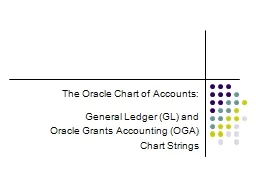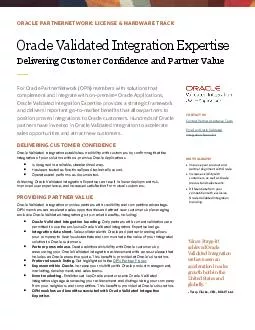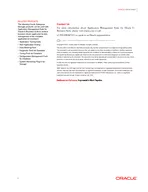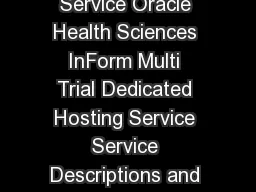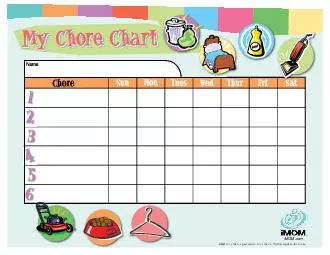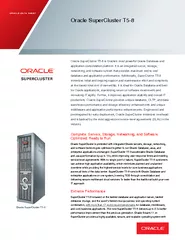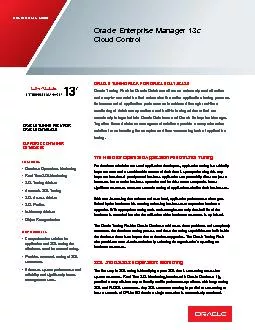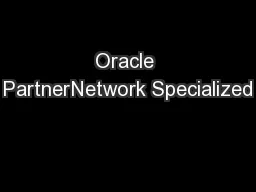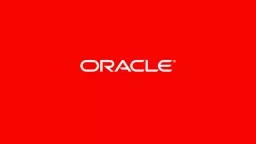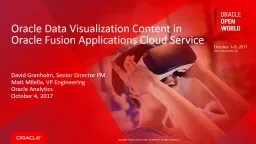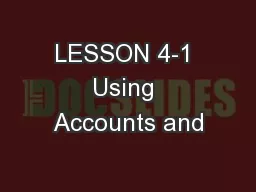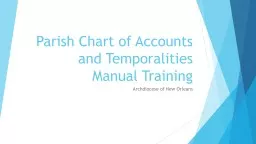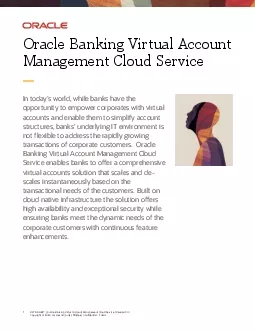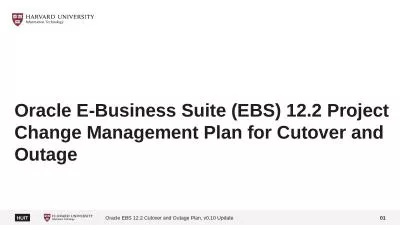PPT-The Oracle Chart of Accounts:
Author : marina-yarberry | Published Date : 2019-06-22
General Ledger GL and Oracle Grants Accounting OGA Chart Strings 2 Learning Objectives Session 1 GL Chart of Accounts What is a GL chart of accounts What the GL
Presentation Embed Code
Download Presentation
Download Presentation The PPT/PDF document "The Oracle Chart of Accounts:" is the property of its rightful owner. Permission is granted to download and print the materials on this website for personal, non-commercial use only, and to display it on your personal computer provided you do not modify the materials and that you retain all copyright notices contained in the materials. By downloading content from our website, you accept the terms of this agreement.
The Oracle Chart of Accounts:: Transcript
Download Rules Of Document
"The Oracle Chart of Accounts:"The content belongs to its owner. You may download and print it for personal use, without modification, and keep all copyright notices. By downloading, you agree to these terms.
Related Documents

